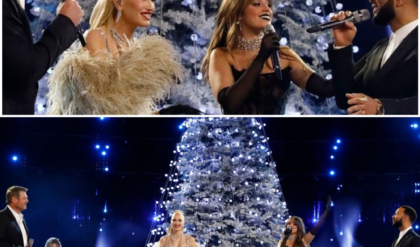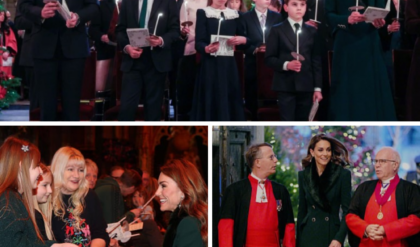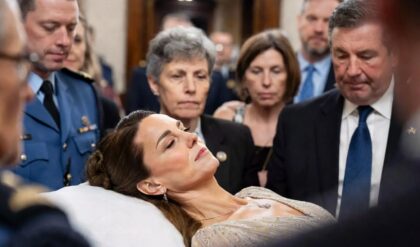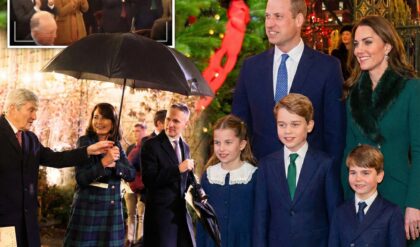Dune: Part Two director Denis Villeneuve says the Harkonnen spectators to Feyd-Reutha’s first battle were based on a classic horror icon.
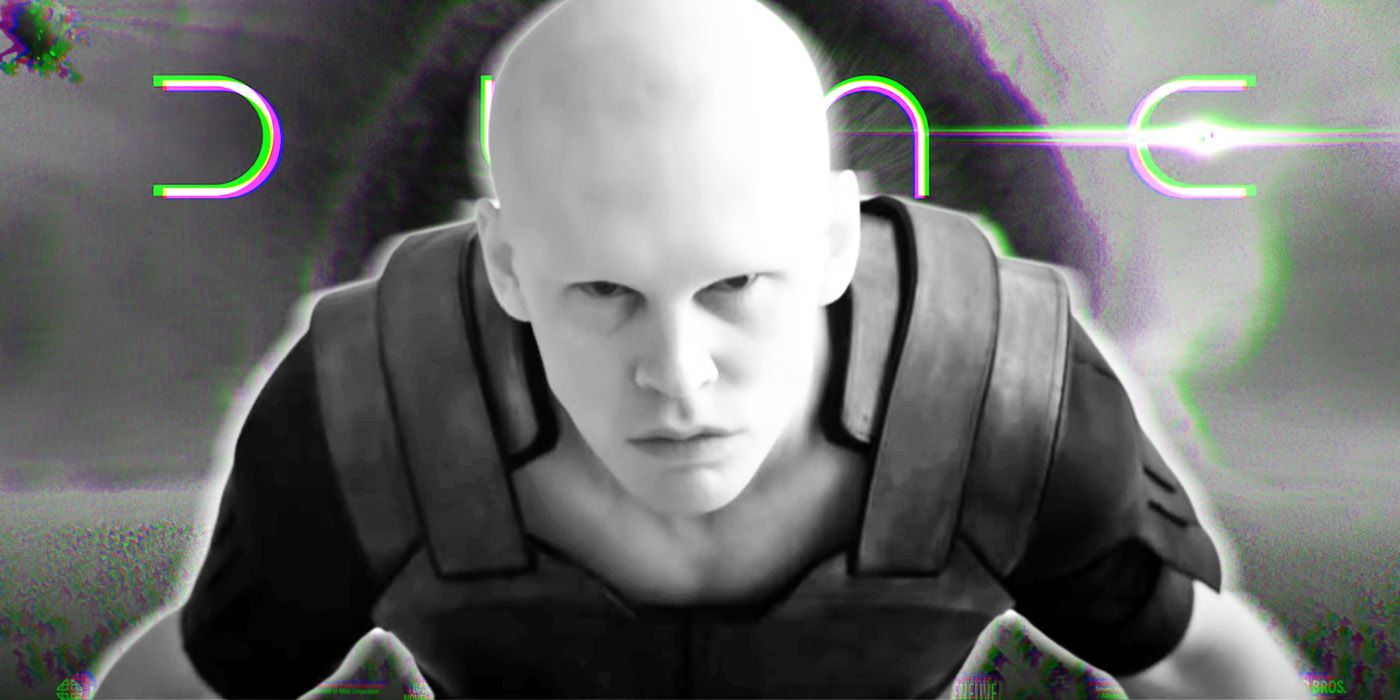
Denis Villeneuve’s Dune: Part Two created a cinematic experience out of the novel. The director took creative liberties with the visual adaptation, though, particularly the physical depiction of the Harkonnens.
Director Denis Villeneuve has asserted that Feyd-Reutha’s introduction sequence was one of Dune: Part Two‘s biggest gambits. In a previous interview, he explained how the black-and-white scenes made it to the theatrical cut despite studio pushback. The risk paid off, as the interlude revealed a formidable antagonist as it vividly depicted the Harkonnen’s binary world. The insider book The Art and Soul of Dune: Part Two reveals another reason to rewatch that sequence, though. Villeneuve said he had a specific horror monster in mind as a template for the arena spectators.


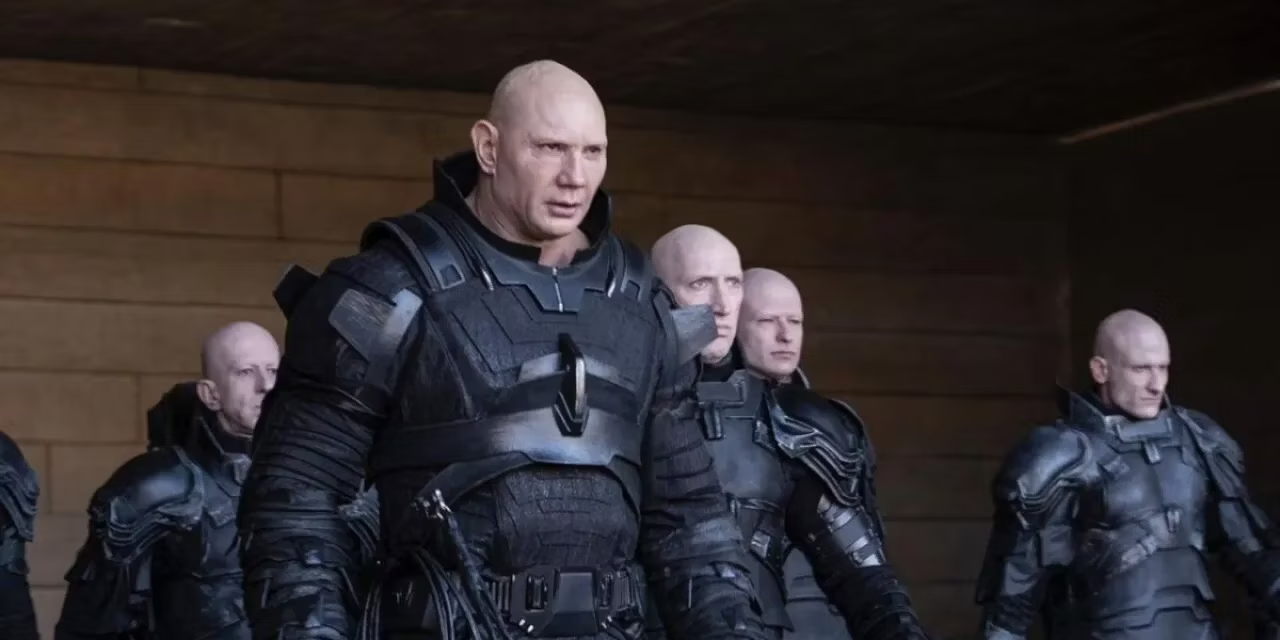
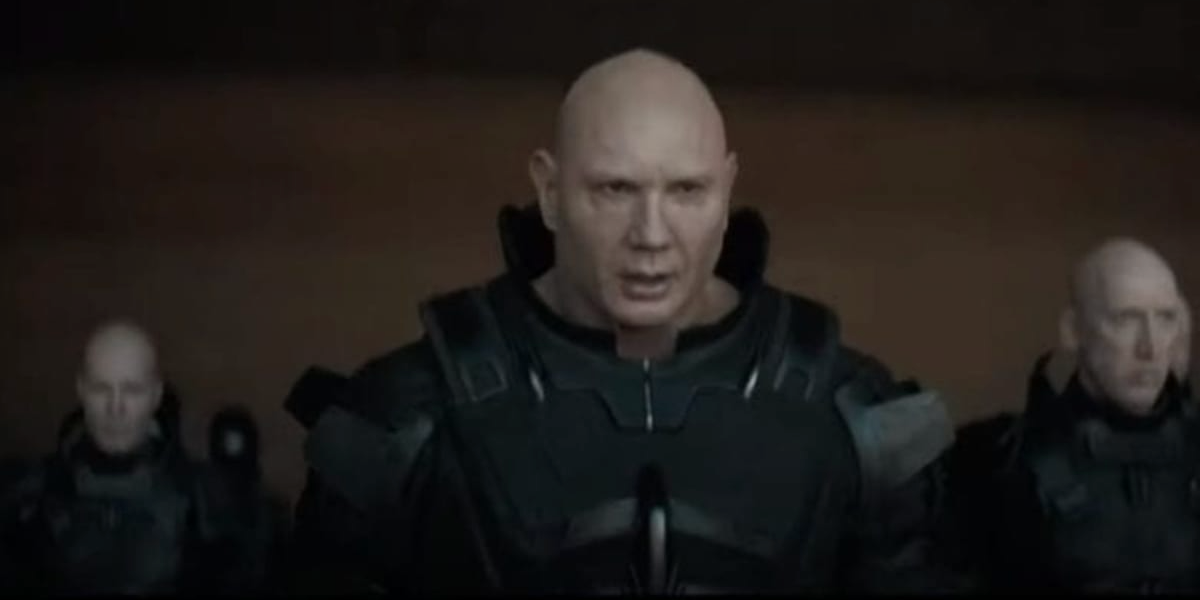
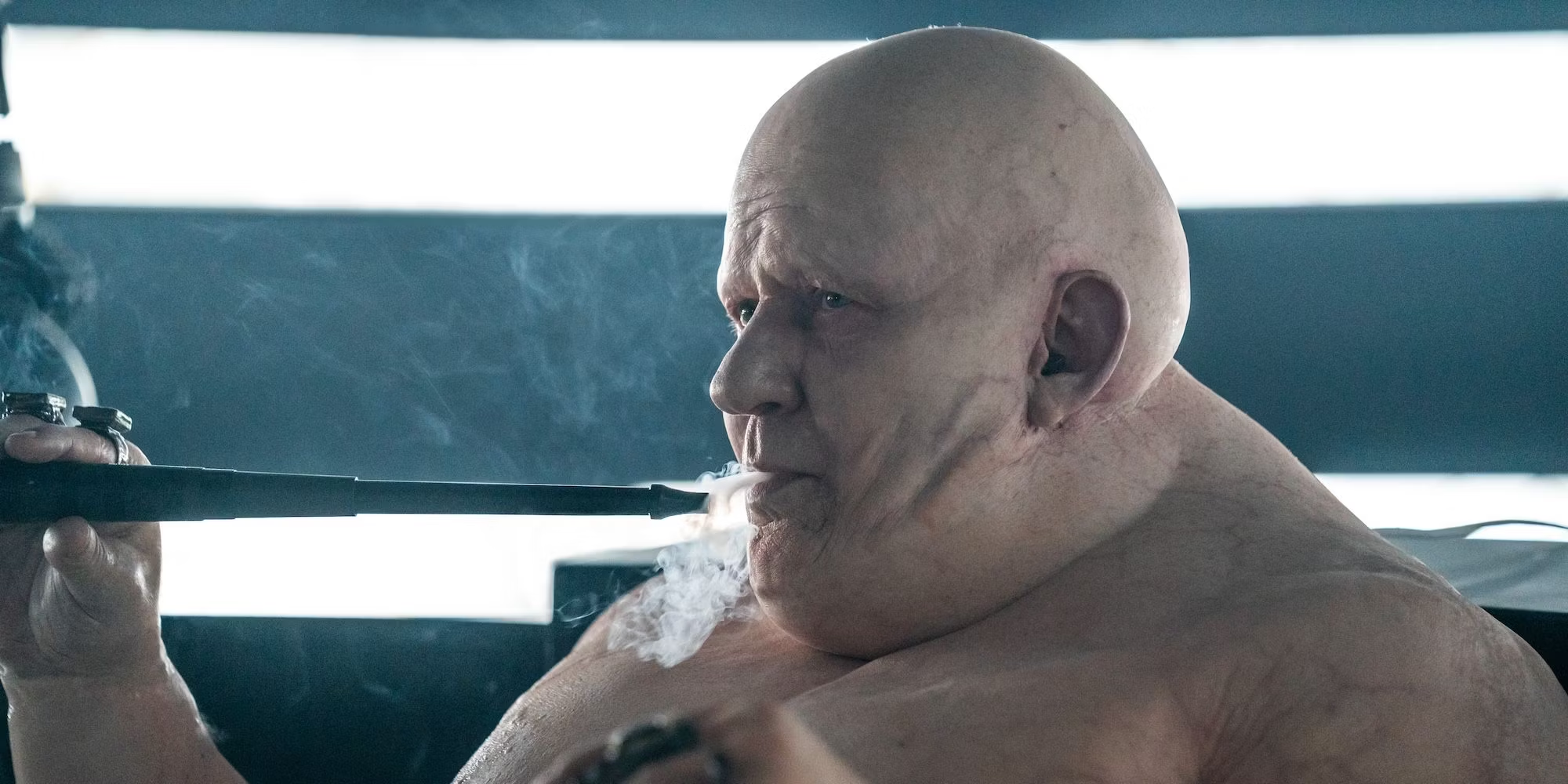
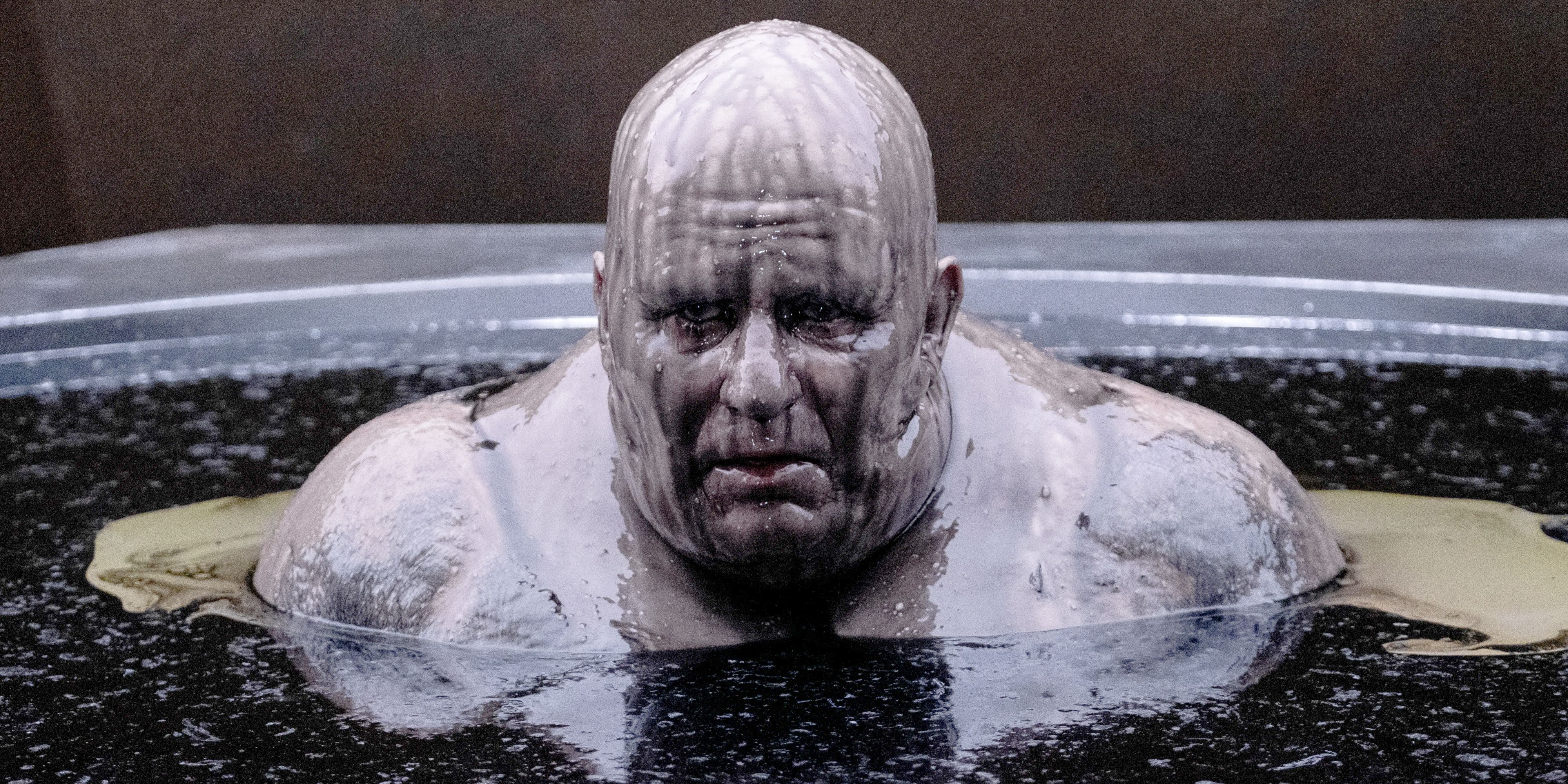
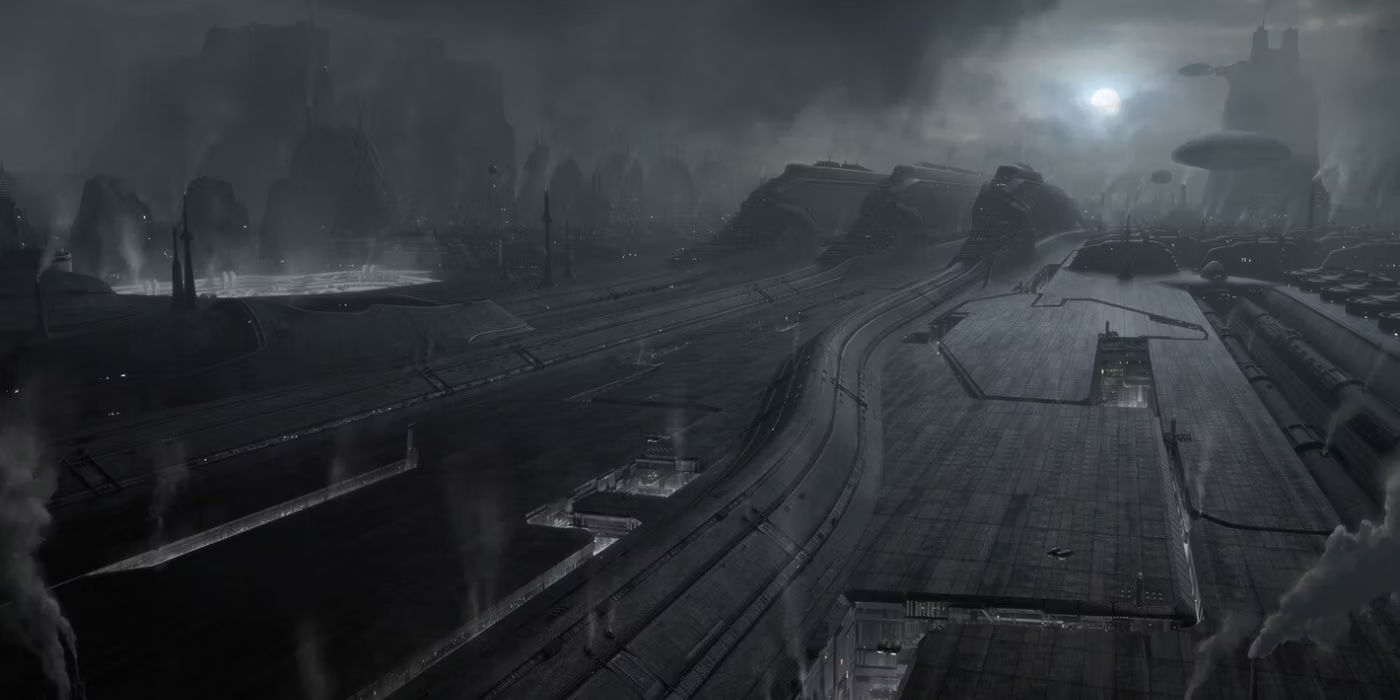
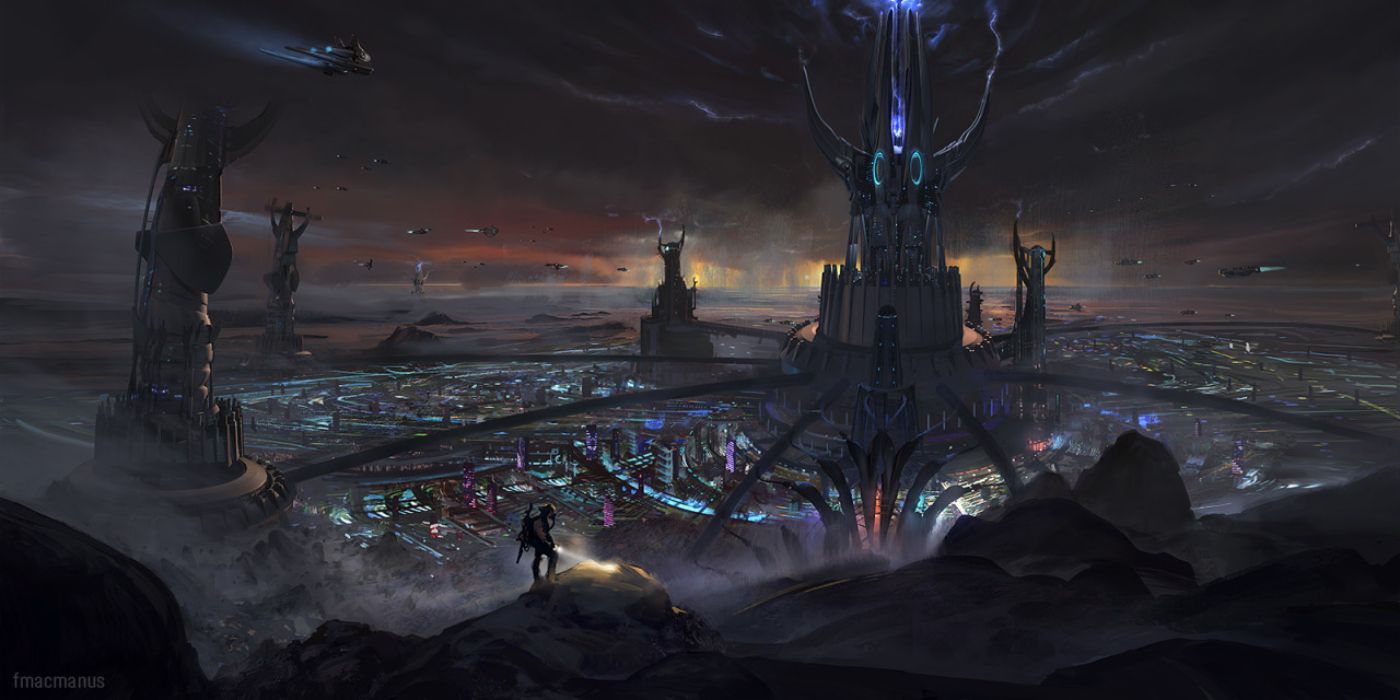
Authors Tanya Lapointe and Stefanie Broos recounted Villeneuve’s conversation with costume designer Jacqueline West, who asked what the director wanted the arena crowd to look like. Villeneuve described Harkonnen civilians as “a homogenous group of men and women with similar body types, all wearing the same style of clothing.” When pressed for more details about their physical features, the director said he wanted the spectators to look like “a crowd of Nosferatu.” This reveal puts the Giedi Prime scene in new perspective by visually depicting the Harkonnens as a vampiric race.
Denis Villeneuve Explains Feyd-Rautha’s Vampiric Features
Villeneuve even merited the comparison in his decision to depict a bald Feyd-Rautha (he had long, dark hair in Frank Herbert’s novel). “I loved the idea that Harkonnens are a society that doesn’t like hair,” the director asserted. “They remove everything. They want to be as far away from any part of their past as possible, where they are coming from. There’s a will of purity.” The homage to the 1922 horror icon might fuel suspicion over the Harkonnen’s origins in Villeneuve’s adaptation, but the director has insisted his Dune films are faithful to the source material. Still, the vampire references are just too much to ignore, especially when elsewhere in the book, Villeneuve described Giedi Prime as “a world in which sunlight kills color.”
Nosferatu is one of cinema’s most-revered (and terrifying) horror icons; F.W. Murnau’s unauthorized adaptation of Dracula debuted in 1922’s Nosferatu: A Symphony of Horror. The character has since been adapted in multiple iterations in pop culture like Salem’s Lot, Buffy the Vampire Slayer, and What We Do in the Shadows.
Dune: Part Two is now streaming on Max.

